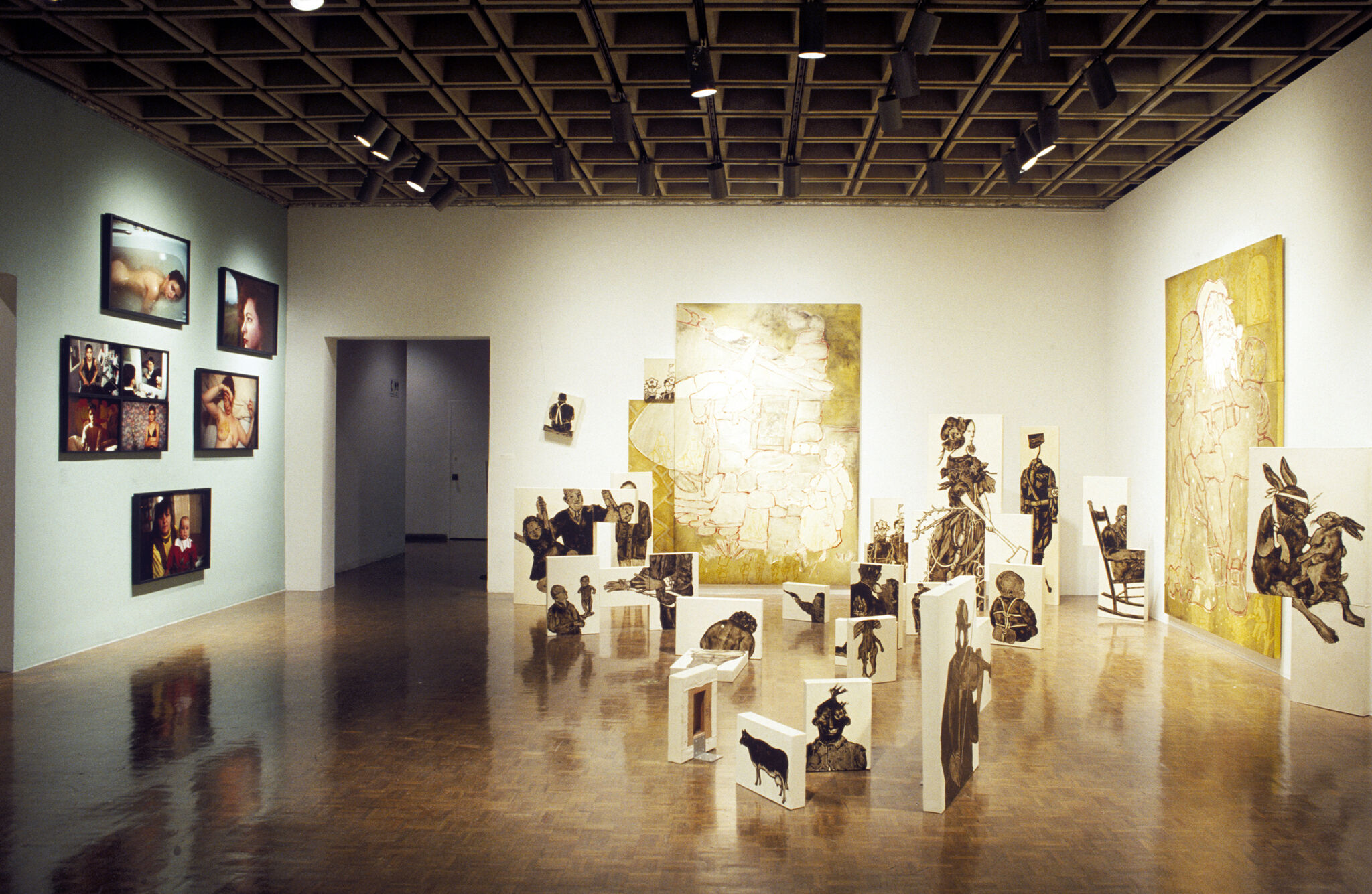Key Moments in Biennial History: Between Politics and Beauty
Thurs, Mar 10, 2022
6 pm
This event has passed.
See more events like this.
Become a member today!
Join now to enjoy early access to exhibitions and events, unlimited free admission, guest privileges, and more.
Join nowThis event will have live closed captioning. If you need captions in a separate browser window, please email accessfeedback@whitney.org for StreamText link.
Learn more about access services and programs.
Online, via Zoom
All members
The Whitney Biennial was introduced in 1932 as a way to chart the most relevant art and ideas in the United States. This talk will look back at touchstone Biennials to examine how art—and its reception—reflects its cultural moment. In 1993, the Biennial famously engaged the politics of identity, while the following 1995 Biennial signaled a return to concerns of beauty and form. Join Joan Tisch Teaching Fellow Joseph Henry to explore how art, criticism, and public reception take on the polarities of politics and beauty, and consider how the Whitney Biennial has served as a testing ground for these questions over the years.
Option 1: Thursday, March 10
6 pm
Option 2: Saturday, March 26
1:30 pm
Option 3: Thursday April 21
6 pm
Joseph Henry is a Joan Tisch Teaching Fellow at the Whitney Museum and a Ph.D. candidate in the art history program at the Graduate Center of the City University of New York, where his research dwells on Expressionism and the relationship between art and labor. He’s also written on topics including design, dance and performance, modernist print culture, primitivism, and queer visual culture. Joseph previously served as a Mellon-Marron Research Consortium Fellow at the Museum of Modern Art, a Scholar-in-Residence at the Robert Gore Rifkind Center for German Expressionist Studies, and a Helena Rubinstein Critical Studies Fellow at the Whitney Independent Study Program. He has written on contemporary art for publications such as Artforum, Frieze, and Art in America, as well as in several exhibition catalogues.


